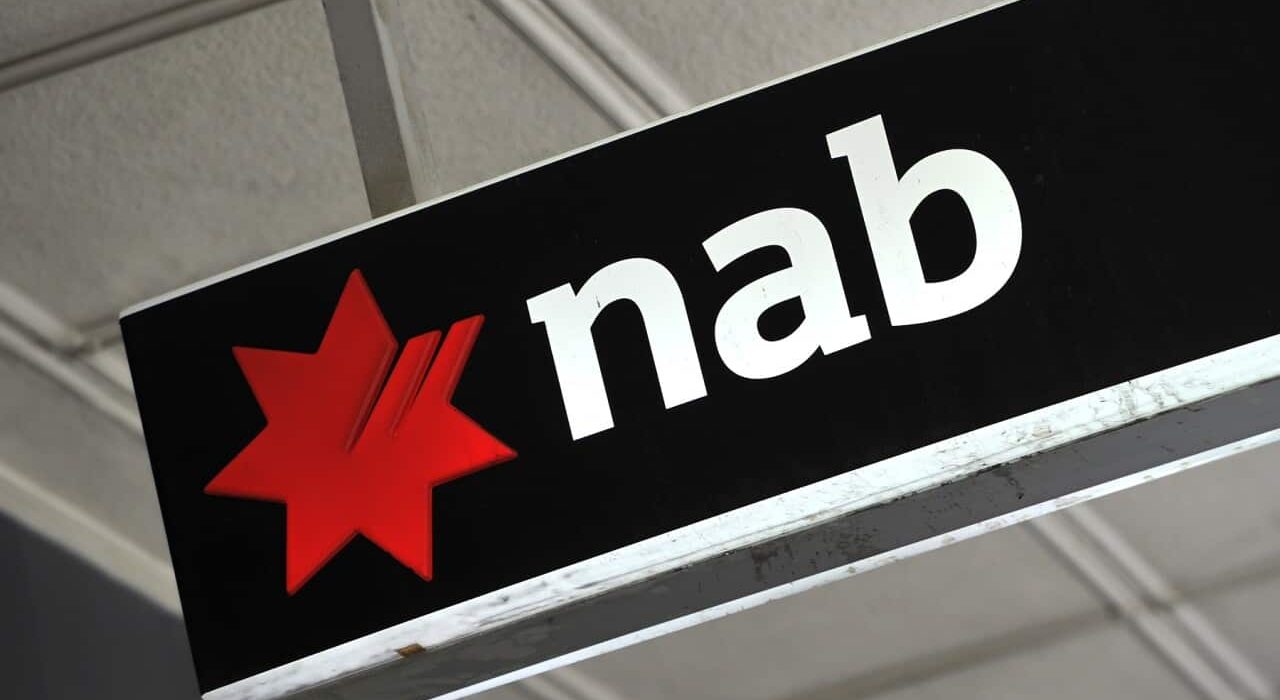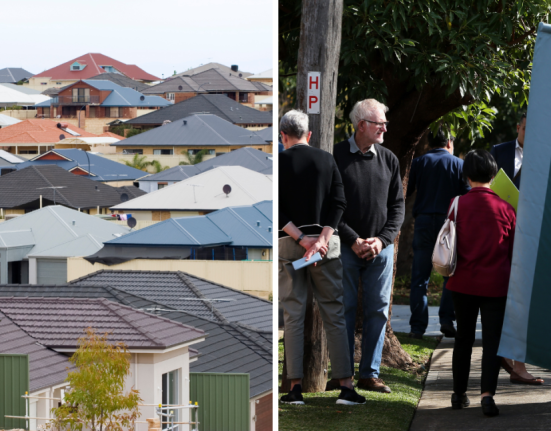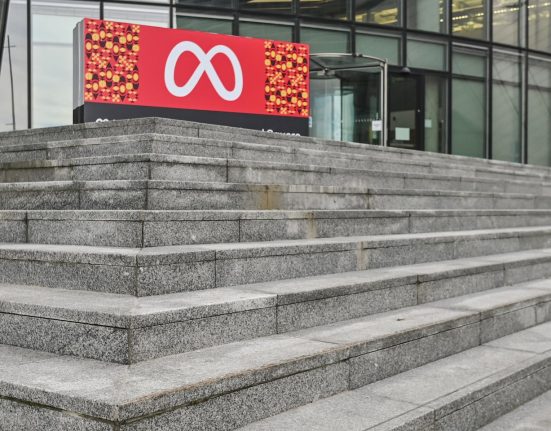“Day to day life is a struggle with the cost of living going through the roof and it is disheartening knowing there are things I can’t provide my kids with.”
And amid a national domestic violence crisis, Kong Le says anyone experiencing family violence can access a no interest loan without needing to meet any other eligibility criteria.
“In terms of the actual service offering, what we’ve found through our data is that it assists I guess the most benefit comes from assisting people who are on the recovery journey. What we found is that people, survivor victims who have or are in the crisis stage have got access to other services which are more beneficial to them. So, it’s more around, I guess, the recovery stage that we’re assisting family and domestic violence survivors with. But it’s also us leveraging of our partnerships with community networks who we work with about organisations to deliver these services to them.”







